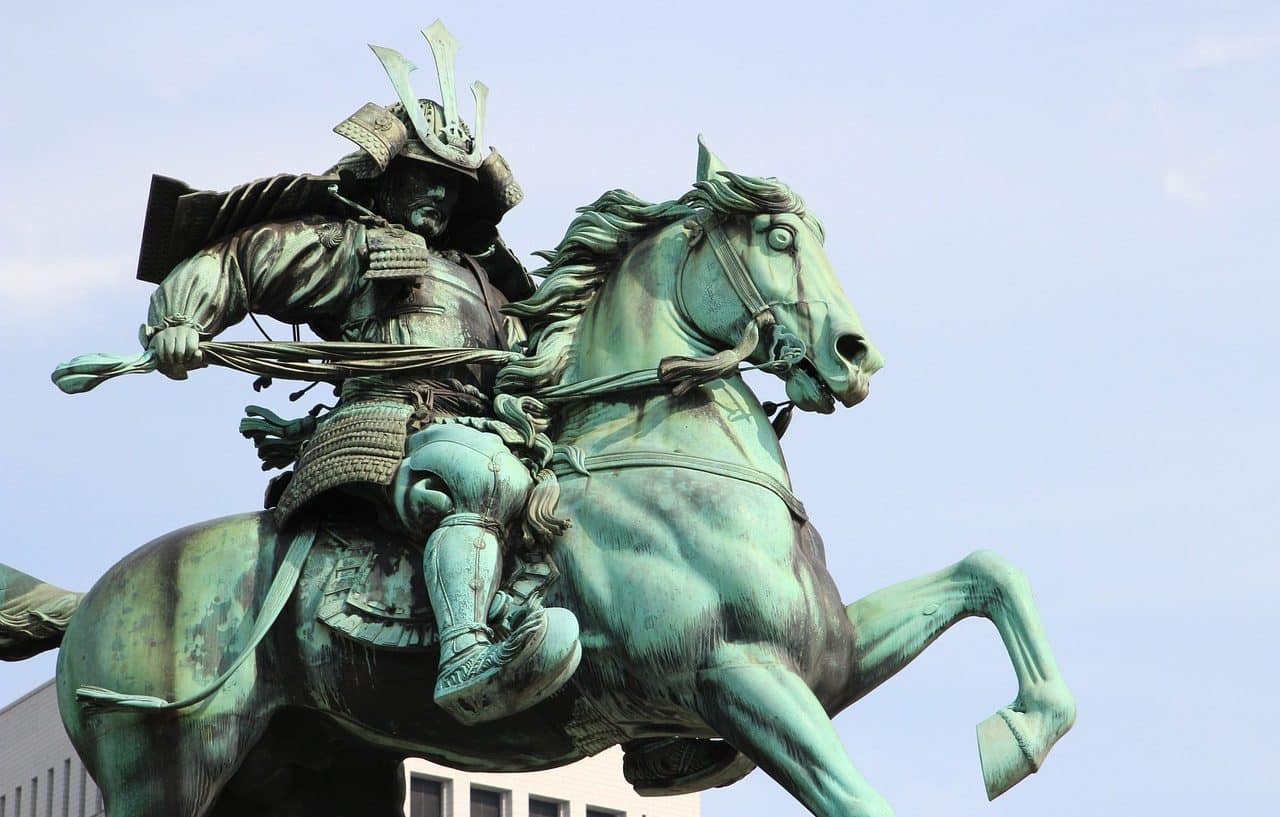
A samurai was an ancient Japanese soldier.
Samurai is a Japanese term that, in our language , is written and pronounced as samurai (with an accent on the A ). The concept was used in ancient Japan when, within the framework of the feudal system, there was a caste of soldiers who provided services to the lords ( daimios ).
The samurai were these soldiers , who occupied a lower class with respect to the status of the nobles . Its origins date back to the 10th century ; During war periods, its social importance increased.
These warriors used to travel on horseback and wear armor . According to the time, they used bows , swords or other weapons. Over the years the samurai also adopted a very strict code of discipline and honor that regulated their behavior .
When a samurai, for some reason, did not have a daimyo, he was classified as rōnin . It was difficult for rōnin to join a new clan as the daimyos often rejected them.
Examples of samurai
Saigō Takamori ( 1828 – 1877 ) is considered to be the last samurai. This warrior and politician was the leader of a samurai rebellion that confronted the Japanese government of the time.
Beyond being part of the tradition and culture of Japan , throughout history there were also foreigners who were declared samurai. It is believed that the first foreigner to gain the title was the Englishman William Adams ( 1564 – 1620 ).
It should be noted that samurai are recurring figures in the field of fiction , whether in books, movies, etc. Sometimes samurai are portrayed as heroes with honorable conduct, while in other cases they are shown as dark and lonely characters.

Samurai used to ride horses.
The armor
The oldest armors were found in kofun (the Japanese name for megalithic mounds or ancient tombs), and are called tankoo . For its manufacture, solid iron and leather straps were used to hold the armor plates together; It is worth mentioning that its design contemplated that they be used standing.
The skirts known as kusazuri served to protect the samurai from the waist down, while they used curved plates to cover the shoulders and arms up to the elbows. The first models of armor used laminar lacquer to prevent the weather from causing damage or deterioration to the metal surface, and this was maintained for several generations.
The samurai's helmet, for its part, exhibited a type of visor on the back, as well as metal teeth on top to keep the pheasant feathers attached to its structure .
Protection of a samurai
It is important to note that iron was only used in the regions of the body that required greater protection , since it is a much heavier material than the rest. For the other pieces, this was combined with leather. For reference, the classic samurai armor is called yoroi and it is estimated that its weight was around 30 kilograms . On the other hand, the materials used for underwear, worn both under the armor and under the normal samurai clothing, were cotton and linen.
The basis of defense clothing was called do , and over the centuries this began to leave behind the yoroi to cover the body, giving way to the origin of the armor known as do-maru . This is considered an evolution of the previous one, which brought benefits such as the simplicity of its manufacture and the comfort it provided to soldiers in the middle of battle .
Already in the 16th century, the samurai began to use armor called toosei gusoku , which could be translated as modern armor and was characterized by the inclusion of parts that served to protect the face, thigh and back .
